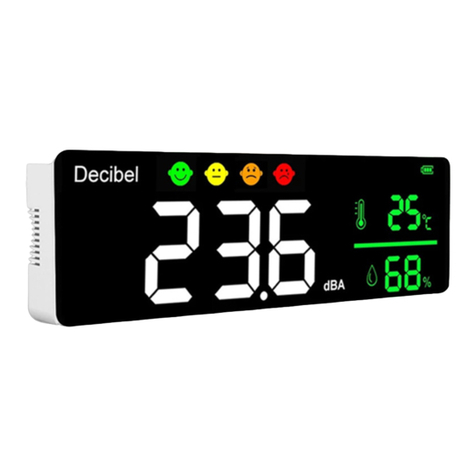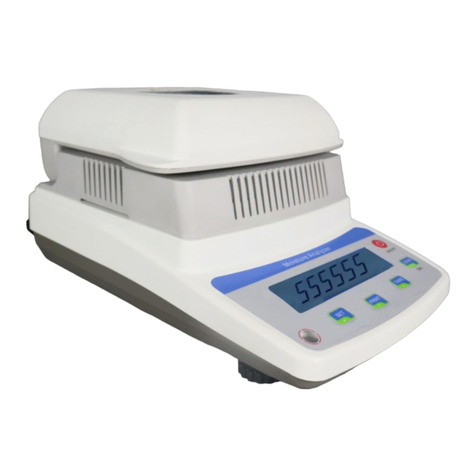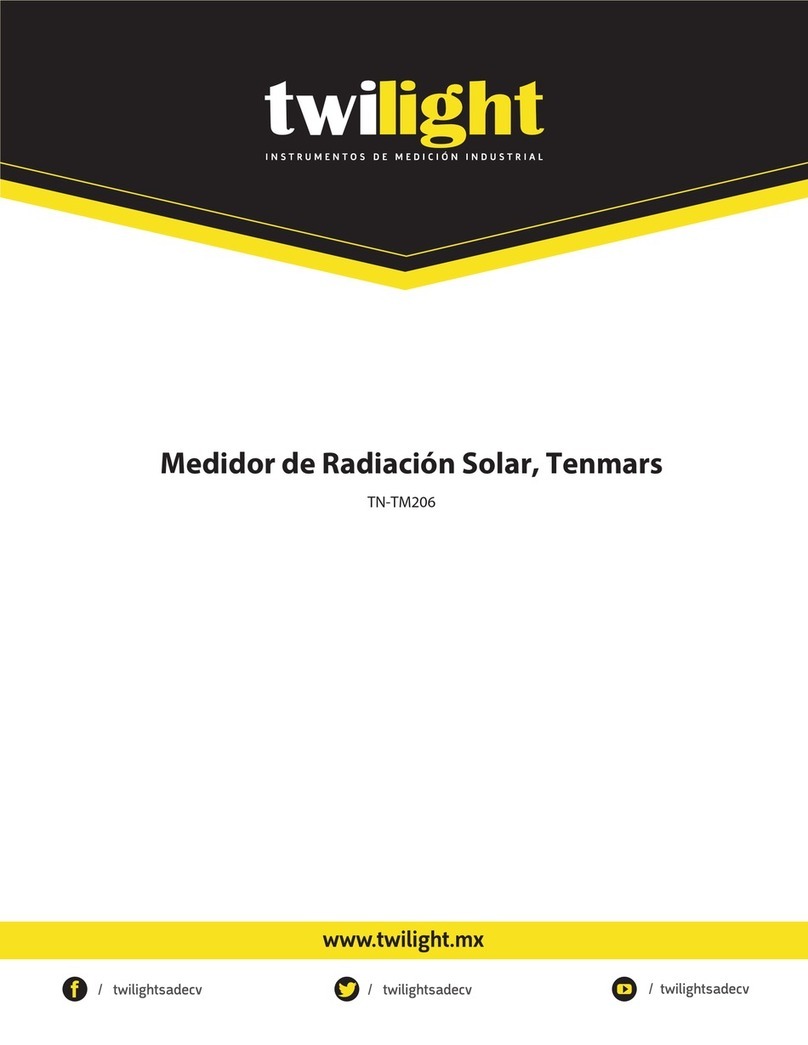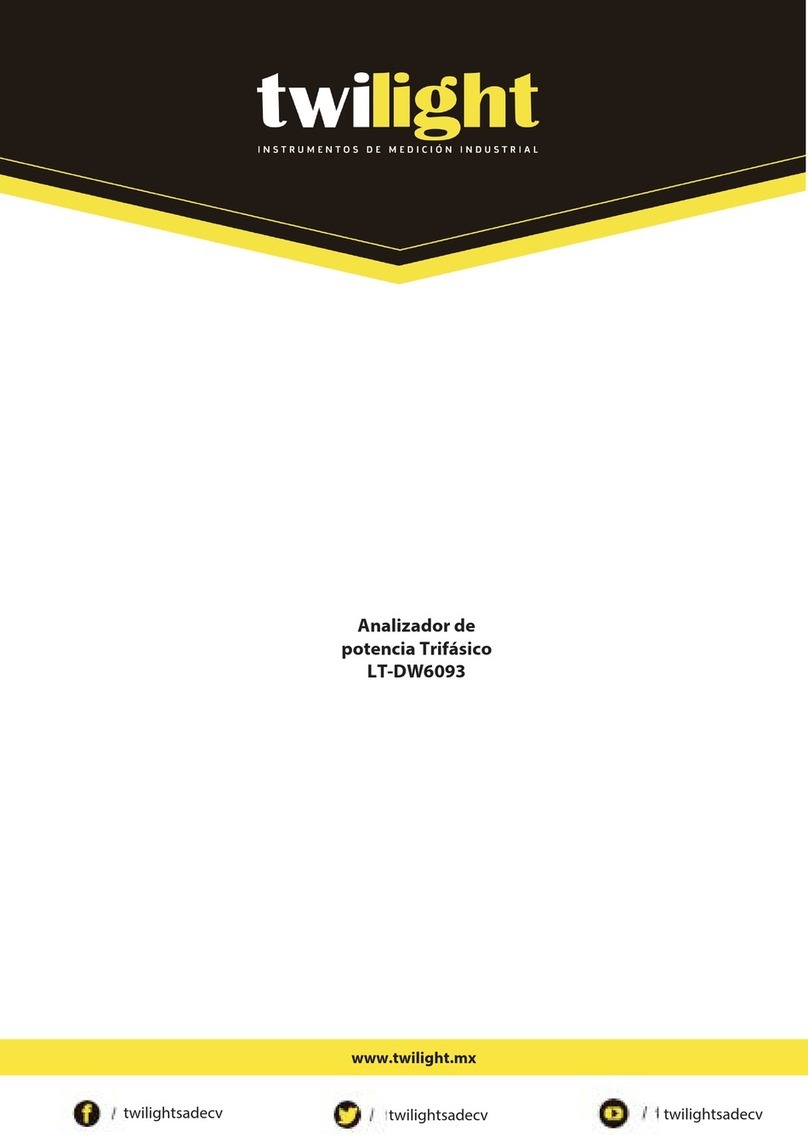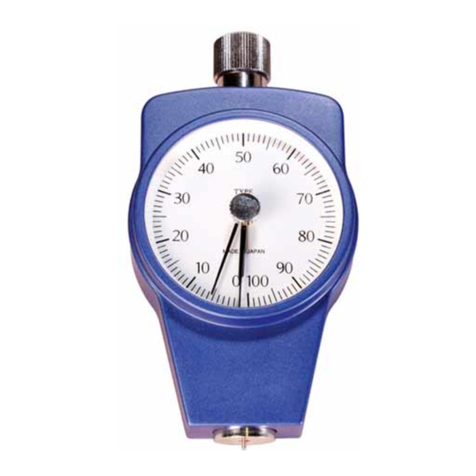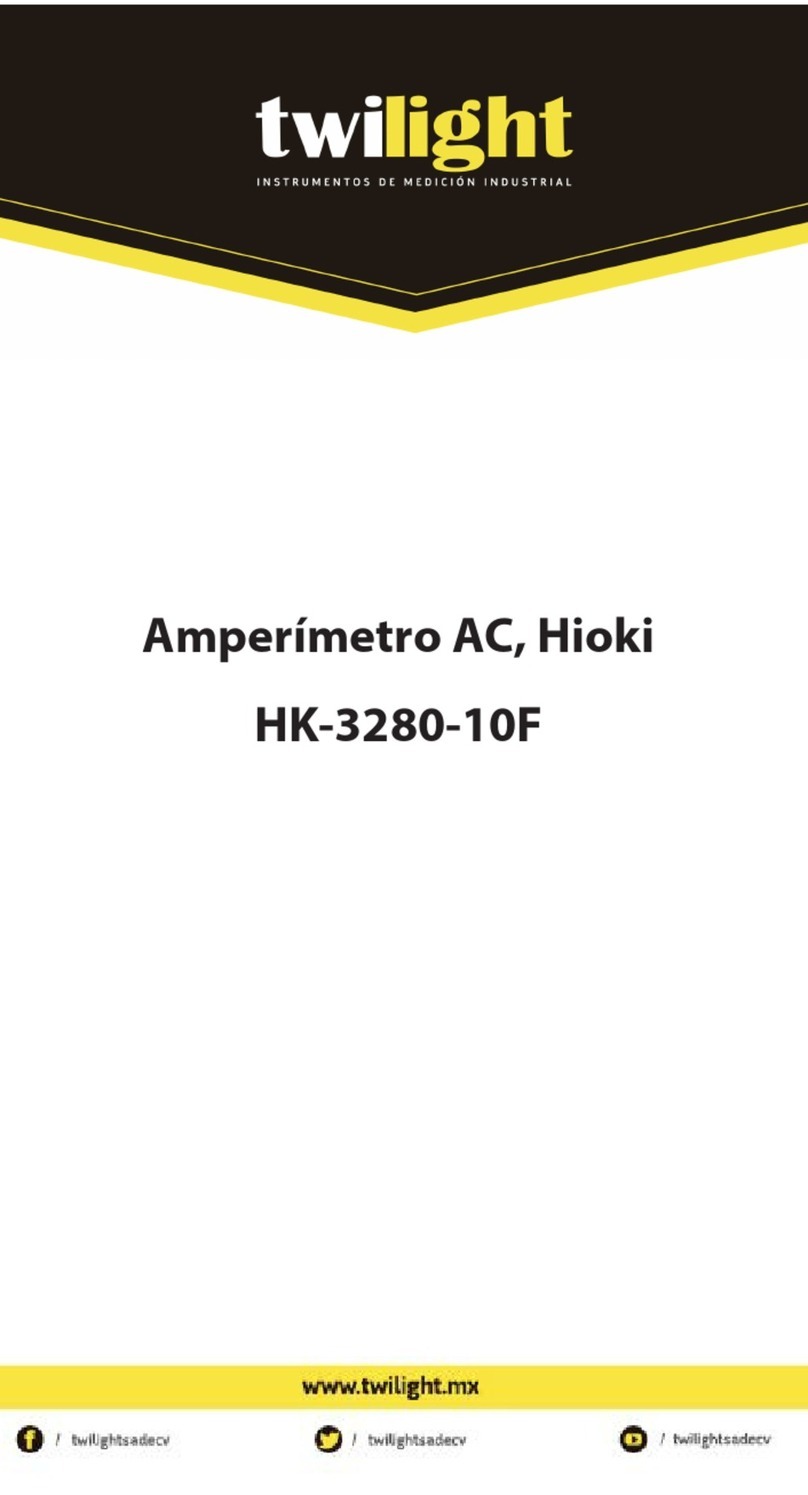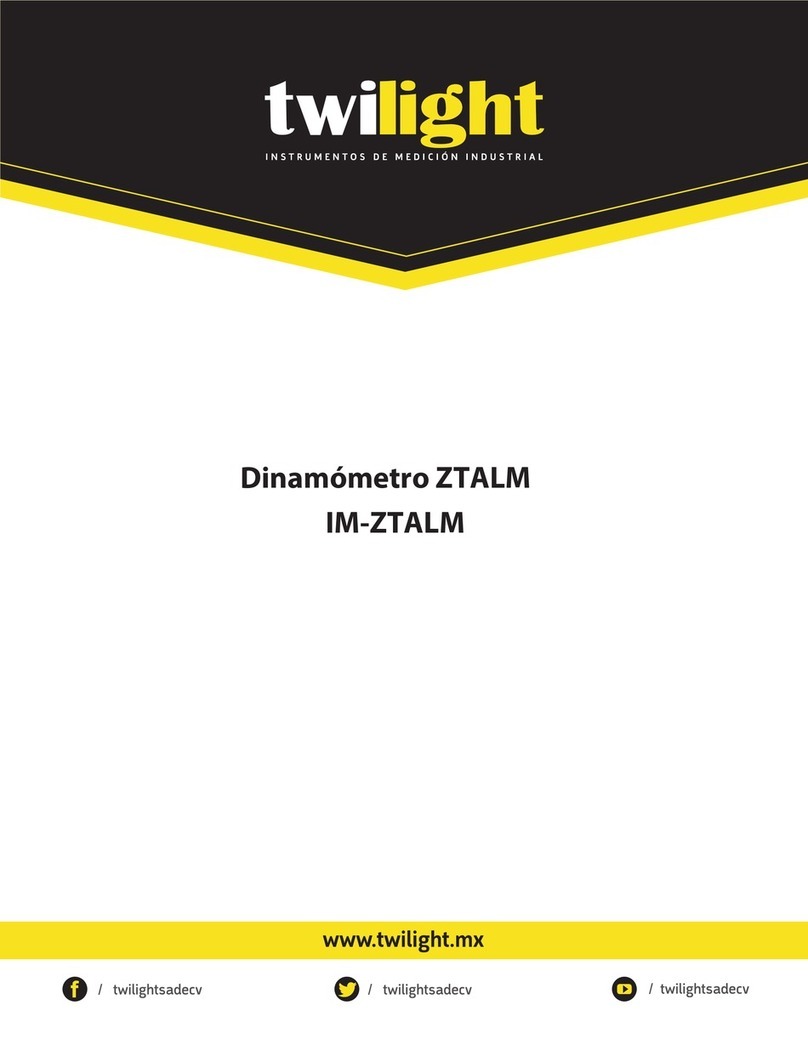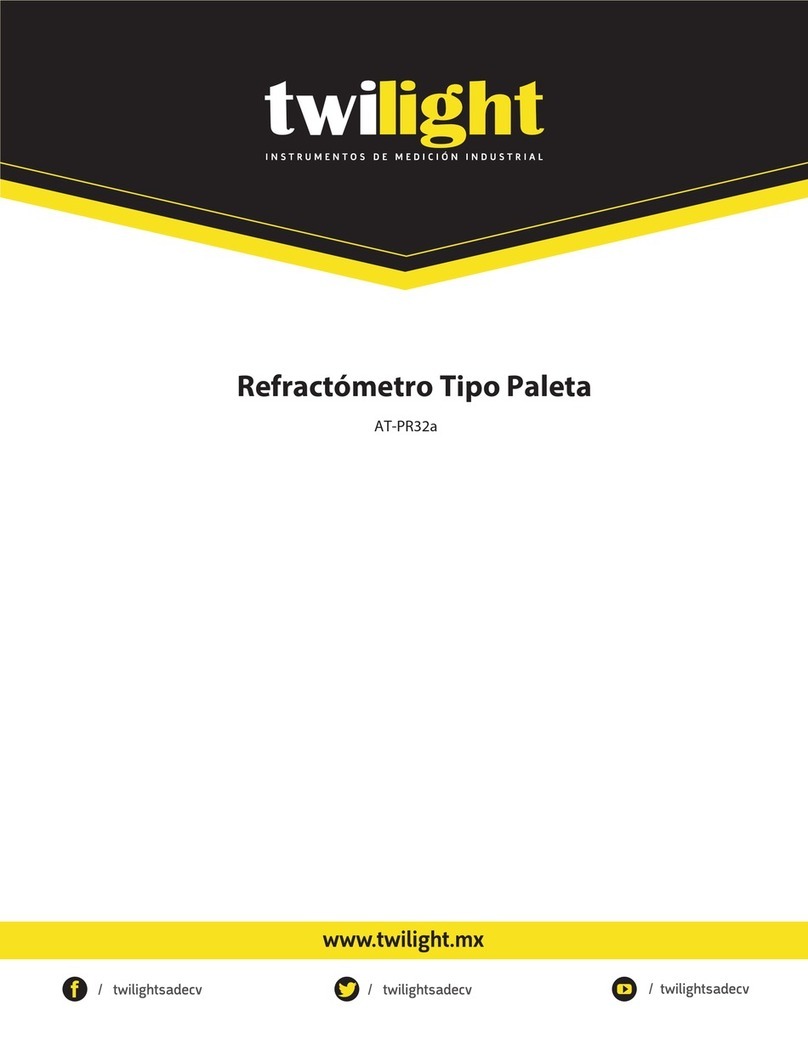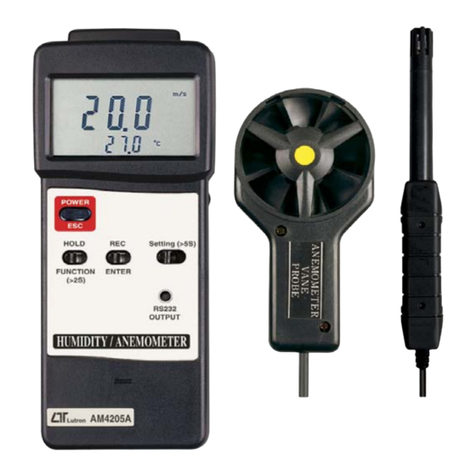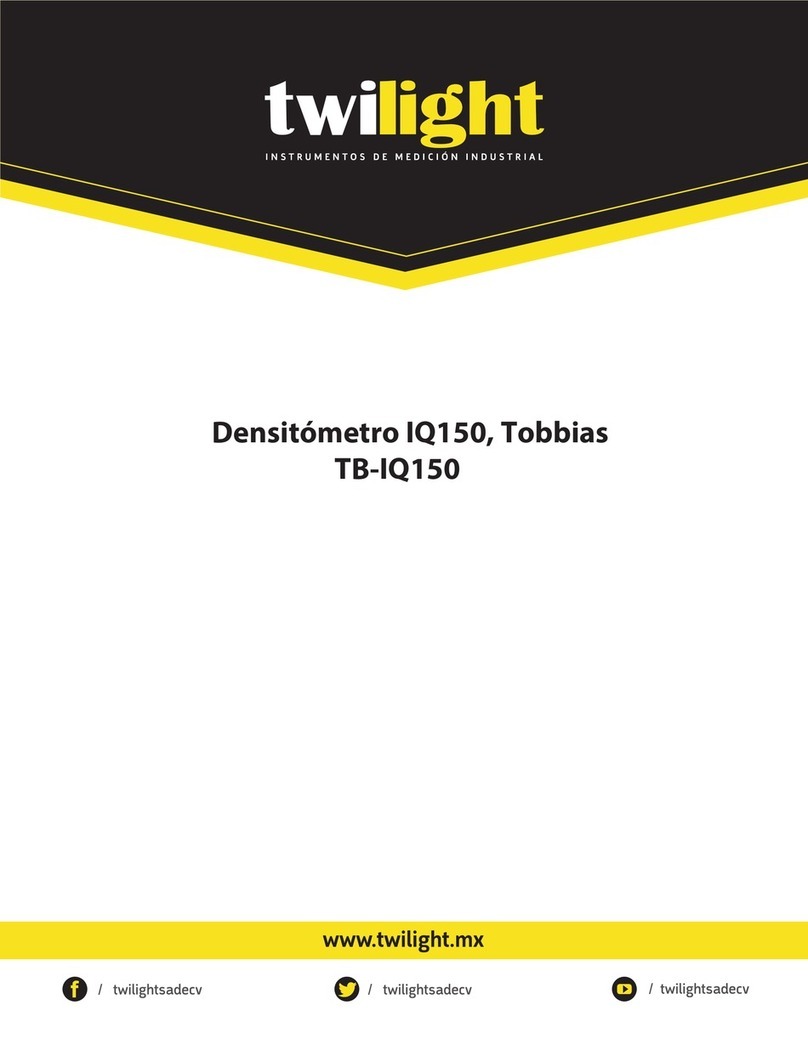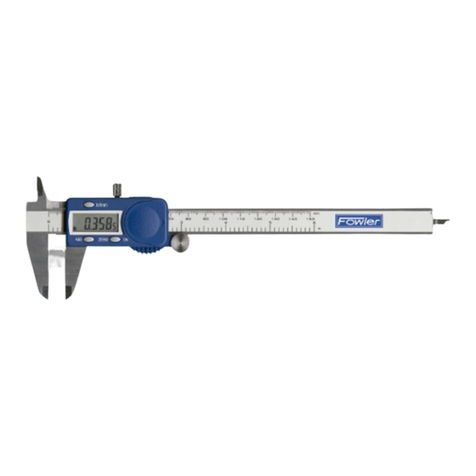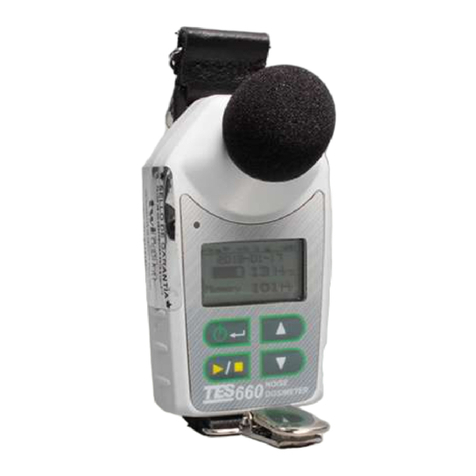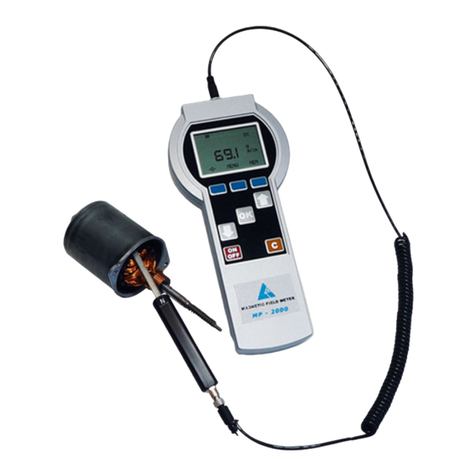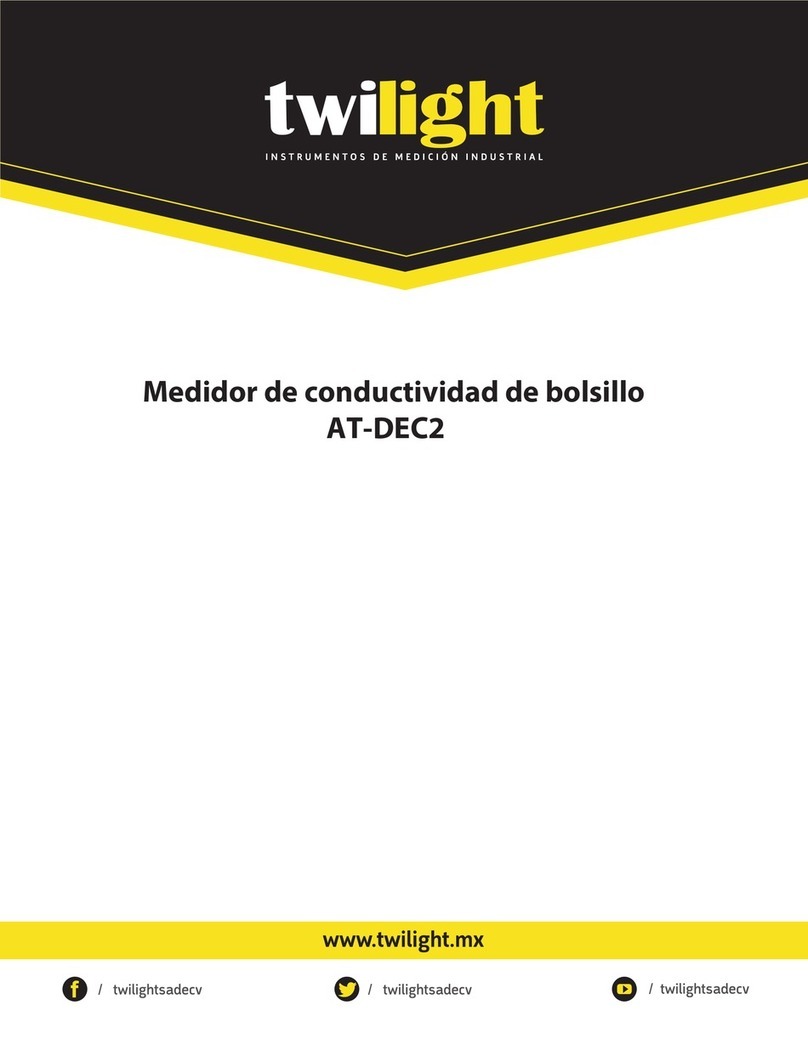
4.4.1. Signal strength and quality.............................................................. - 42 -
4.4.2. Transfer time ratio............................................................................. - 43 -
4.5. Measurement data view.............................................................................. - 43 -
4.6. Measurement data processing...................................................................- 43 -
Chapter 5 Data processing.........................................................................................- 44 -
5.1. Processing of the measured data..............................................................- 44 -
5.2. Printing of measurement data.................................................................... - 44 -
5.3. Storage of measurement data....................................................................- 45 -
5.4. Analysis and statistics of measurement data...........................................- 45 -
Chapter 6 How To........................................................................................................ - 46 -
6.1. How to judge if the instrument works properly.........................................- 46 -
6.2. How to judge the liquid flowing direction.................................................. - 46 -
6.3. How to change between units systems.................................................... - 47 -
6.4. How to select a required flow rate unit......................................................- 47 -
6.5. How to use the totalizer multiplier..............................................................- 47 -
6.6. How to open or shut the totalizers............................................................. - 47 -
6.7. How to reset the totalizers.......................................................................... - 47 -
6.8. How to restore the flow meter with default setups.................................. - 47 -
6.9. How to use the damper............................................................................... - 47 -
6.10. How to use the zero-cutoff function.........................................................- 47 -
6.11. How to setup a zero point......................................................................... - 48 -
6.12. How to get a scale factor for calibration................................................. - 48 -
6.13. How to use the operation locker.............................................................. - 48 -
6.14. How to use the built-in data logger..........................................................- 48 -
6.15. How to use the Frequency Output...........................................................- 49 -
6.16. How to use the Totalizer Pulse Output................................................... - 49 -
6.17. How to produce an alarm signal.............................................................. - 50 -
6.18. How to use the built-in Buzzer................................................................. - 50 -
6.19. How to use the OCT output...................................................................... - 50 -
6.20. How to modify the built-in calendar......................................................... - 51 -
6.21. How to adjust the LCD contrast............................................................... - 51 -
6.22. How to use the RS232 serial interface................................................... - 51 -
